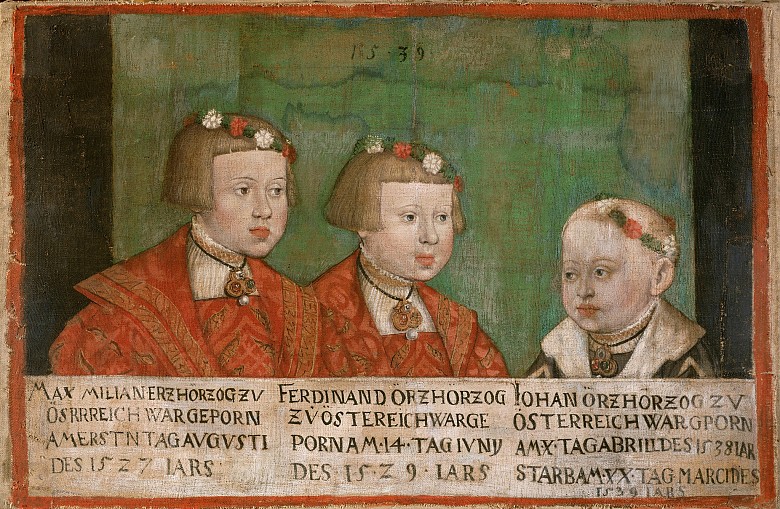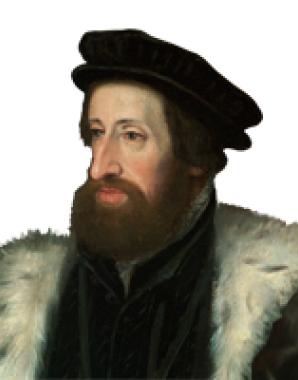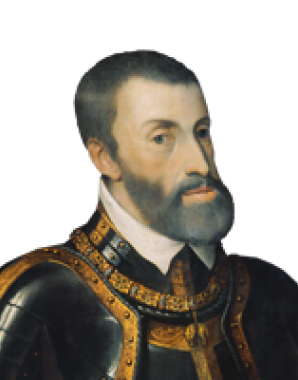Maximilian II: caught between the competing priorities of Vienna, Prague and Madrid
Maximilian is one of the most interesting individuals among the Habsburgs of the sixteenth century. His biography demonstrates how the efforts to preserve the Casa d’ Austria as a single dynasty began to fail in the face of the differing political realities of the Habsburg realms.
Born in Vienna on 31 July 1527, Maximilian was the second child and eldest son of Archduke Ferdinand (as Holy Roman Emperor later Ferdinand I) and Anna of Bohemia and Hungary.
At court the young archduke enjoyed an upbringing and education that was informed by humanist ideals at a time when religious schisms were beginning to make themselves felt. The Lutheran Reformation had taken hold across the Habsburg lands, including among the nobility and ruling elites. Maximilian’s father Ferdinand had grown up in Spain, where a strongly dogmatic form of Catholicism held sway. As a ruler, Ferdinand’s position towards the Reformation in Central Europe was one of readiness to compromise, although it remained alien to him in terms of his personal faith. In the case of Maximilian, however, the ideas of the Lutheran Reformation fell on fertile soil.
Early on in his life Maximilian was to experience the dominating influence of the head of the dynasty and Holy Roman Emperor, Charles V, at first hand. In 1548, at his imperial uncle’s behest, Maximilian was married to his daughter Maria. Maximilian was to comply with Charles’s plans to counter the split that was appearing in the lines of dynasty by alternating the succession on the imperial throne. A candidate from the Spanish line would accordingly be followed by a member of the Austrian line and so on. Despite repeatedly spending periods of time in Spain, the young archduke became increasingly disenchanted with his uncle’s ideas. Maximilian became an emphatic opponent of Spain’s dominance as a global power to whose political plans Austria was forced to subordinate itself.
Subsequent developments in Central Europe proved Maximilian right. The first cracks in the relationship between the two lines emerged as a result of differing approaches to the policies of the Empire. The growing religious conflict between the emperor and the robust opposition mounted by the Protestant Estates of the Empire put paid to Charles’s dream of a global Habsburg monarchy. Charles eventually resigned himself to the situation and in 1556 placed the affairs of the Empire in the hands of his brother Ferdinand.
The religious schism was also reflected in Maximilian’s thinking. In contrast to his father, who remained true to his personal roots in the older faith, Maximilian sympathized openly with the new religious ideas. Ferdinand showed concern at this, and pressure from Spain increased. In 1562, at Spain’s behest, Maximilian was forced to make a declaration of fidelity to Catholicism. Despite his compliance Spain frequently accused him of only following Catholic doctrine for the sake of appearance. In the eyes of Catholic hardliners Maximilian continued to be an apostate.
Maximilian arrived at a compromise for his personal religious convictions, seeing himself as a Christian in the humanist tradition. He was opposed to dogmatic interpretations of religion by both the Catholic and the Protestant camps. Here, however, the spirit of the times was against him: religious schisms and confessionalization destroyed the universal unity of Christendom in the Latin Church for good.














